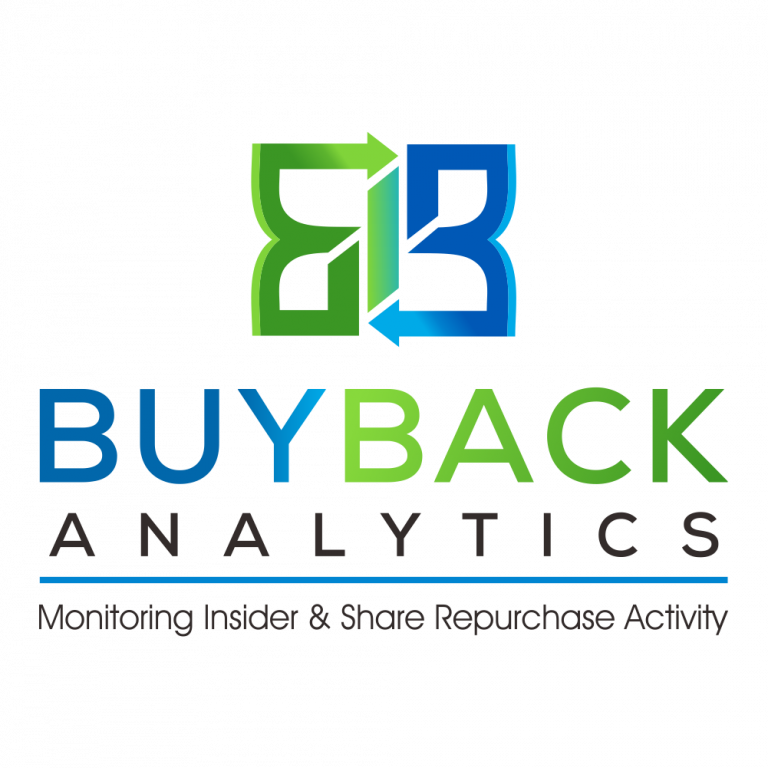How to Become an Investor with Little Money? (2025 Update)
Updated: August 2025
Contrary to the old belief, you don’t need thousands of dollars to start investing. In fact, thanks to today’s technology, low-cost brokerages, and fractional shares, it’s easier than ever to put your money to work—even if you’re starting small.
If you’ve been holding back because you think investing requires “big money,” this guide will show you how to begin with as little as $5, $50, or $100 a month.
1. Plan Your Budget Wisely
Start by identifying extra cash flow, even if it’s small. Cutting $50–$100 in monthly discretionary spending—like unused subscriptions or takeout splurges—can create investable cash without sacrificing your lifestyle.
Budgeting apps in 2025 (like Monarch, YNAB, or even AI-powered banking tools) make it easy to find hidden savings and automate transfers to your investment account.
2. Use Fractional Shares and ETFs
You no longer need to buy a full share of Apple or Tesla to participate. Brokerages now allow you to purchase fractional shares—meaning you can invest $10 in a $500 stock and still benefit from its performance.
Exchange-traded funds (ETFs) are another beginner-friendly option: a single purchase gives you instant diversification across dozens or hundreds of companies.
3. Automate Savings from Your Paycheck
One of the best ways to invest consistently is to pay yourself first. Most employers let you split your paycheck across multiple accounts. Send the bulk to your checking for bills and essentials, and a small portion to a brokerage or savings account earmarked for investing.
Even $100 a month adds up to $1,200 a year—not including compounding growth.
4. Start with Free or Low-Cost Platforms
Today’s brokers (Fidelity, Vanguard, Schwab, Robinhood, Public) often offer zero commission trades, no account minimums, and free educational tools. Pair that with robo-advisors or AI-powered recommendations, and you can start building a portfolio with less friction than ever before.
5. Think Long-Term and Stay Consistent
Investing small amounts regularly—called dollar-cost averaging—is one of the most reliable ways to build wealth over time. The goal isn’t to “get rich quick,” but to stay consistent and let compounding work in your favor.
Final Thoughts
Becoming an investor with little money is no longer a dream—it’s a reality for anyone with access to a smartphone and discipline to save. Whether you start with $25, $100, or $500 a month, consistency matters more than size.
The earlier you start, the sooner compounding can do the heavy lifting.
Before you start investing, it’s important to understand both the advantages and risks of buybacks. Read more about why stock buybacks can sometimes hurt the broader economy. Read more -> Why Stock Buybacks Can Be Dangerous for the Economy (2025 Update).
Once you’ve started investing, knowing how to navigate trends like AI is key. Read more about whether today’s AI boom is a bubble—or an opportunity. Read more -> Are We in an AI Bubble? What Investors Need to Know
About BuyBack Analytics
BuyBack Analytics helps investors go beyond the basics by tracking:
-
Legal insider trading (executives, officers, and politicians reporting trades)
-
Corporate buybacks (companies repurchasing their own stock)
-
Institutional activity (hedge funds, investment banks, and market makers)
Create a free account to track buybacks and insider signals in real time—because following the smart money can give you an edge.
Use of Our Articles: You are welcome to benefit from lots of FREE articles that you can read and learn from on our website blog. You are also welcome to share or post this information as helpful content to your website or blog audience as long as the article, and this entire byline are left intact, word for word. If you would like us to provide you with more, or bulk content for your blog or website to educate your audience on basic to expert financial and investor information & techniques, feel free to contact us at info@buybackanalytics.com .
